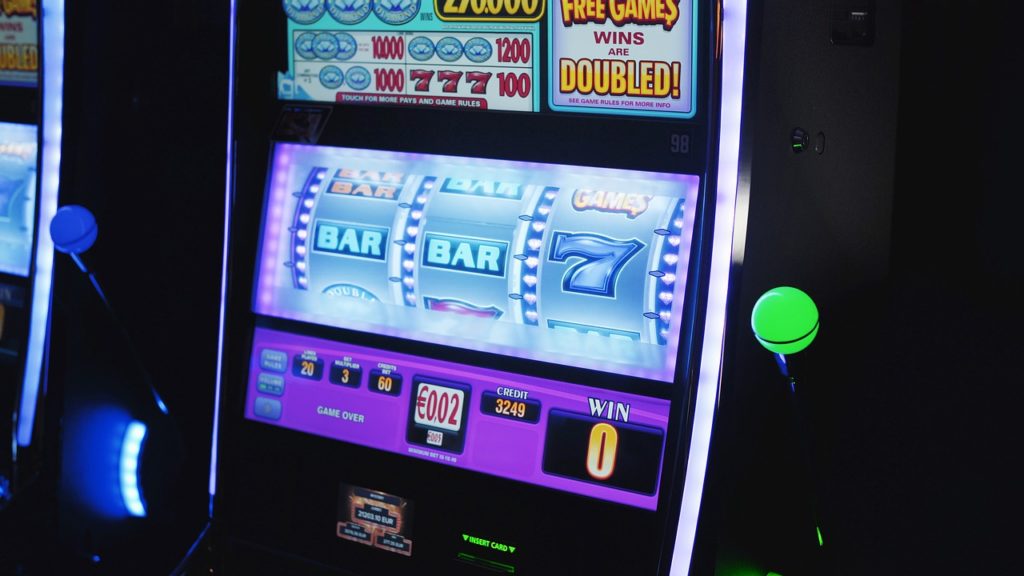There are seven seas, seven days of the week and seven wonders of the ancient world. Now we’re on our seventh generation of Wi-Fi. It has stunningly fast speeds, dramatically lowered latencies and hyper-efficient connection management.
But we need the availability and continued allocation of additional spectrum to unlicensed devices in keeping pace with the escalating needs of the video-heavy, network-taxing essential functions of remote work, telehealth, virtual learning and streaming entertainment.
FrequencyPULSE asked our expert panelists this week about the lucky seventh Wi-Fi technology and the spectrum needed to sustain it.
 Image by Aidan Howe from Pixabay
Image by Aidan Howe from Pixabay
This week’s question: The next generation of Wi-Fi — Wi-Fi 7 — will be even faster and provide even lower latency. But it will operate in wide 320 MHz channels, which are hard to come by. Where might we look for such airwaves?
Read on for our panelists’ thoughts and sign up to receive the next Frequency Pulse newsletter if you’re not on our list. Or share the link with your network to sign up.
JEFFREY WESTLING, Director of Tech & Innovation, American Action Forum:
The FCC allocated 1200 MHz for unlicensed in the 6 GHz band, which makes it a perfect place to start with Wi-Fi 6. At the same time, there is promise in the ultra-high frequency bands around 60 GHz which could be a new place for the engineers to explore as the technology continues to evolve.
CHRISTOPHER SZYMANSKI, Director, Product Marketing | Technology Strategy, Broadcom Inc.:
The 6 GHz band is the perfect band to enable 320 MHz channels. With 5925-7125 MHz we are able to create three non-overlapping channels.
However, with significant broadband investments in the US, leading to wide availability of gigabit broadband, and soon 10 gigabit broadband, Broadcom believes at least one more non-overlapping channel is needed.
We think that the adjacent 7 GHz band would be ideal should NTIA decide that sharing is possible. In fact, if only the bottom 125 MHz of spectrum is made available, that would be sufficient for another 320 MHz channel.
KATHLEEN BURKE, Policy Counsel, Public Knowledge:
The obvious answer is the lower 7 GHz band since it is adjacent to the wide channels of unlicensed spectrum the FCC created when it opened up the 6 GHz band for unlicensed use. But there may be other opportunities we have not considered for opening up the wide channels necessary for Wi-Fi 7 that we are not aware of. It is time to do a complete inventory of both U.S. commercial and governmental spectrum use. Our outdated inventory creates barriers to and slows down the process of expanding access to the wide bands of unlicensed spectrum necessary for the future of Wi-Fi. Congress, the FCC, and the NTIA should begin the process of taking a complete spectrum inventory.
MICHAEL CALABRESE, Director, Wireless Future Project, New America:
Just as Wi-Fi operating on unlicensed spectrum has been carrying the vast majority of data traffic on mobile devices, Wi-Fi 6 and 7 are essential pillars of any world-leading 5G wireless ecosystem. With access to 160 and soon 320 MHz channels, Wi-Fi will enable any 5G-quality application in any location with access to cable, fiber or other high-capacity internet backhaul. The best option for giving consumers this big speed boost is to extend the new 6 GHz unlicensed band up further into the underutilized 7 GHz band, where Wi-Fi can share without disrupting incumbent federal users.
Now it’s your turn: tweet us or email us to join this conversation. We’ll feature your thoughtful submissions right here in a future piece.
If you’re new, catch up on everything FrequencyPULSE thus far. If you know someone who might appreciate learning about Wi-Fi and unlicensed spectrum, have them sign up for FrequencyPULSE here!
- What does the Biden Administration need to know about balanced spectrum policy? (Oct. 28, 2021)
- Wi-Fi 6 and cellular—are these two technologies interdependent or will one eventually replace the other? (Nov. 11, 2021)
- Wi-Fi and dynamic sharing spectrum policy remain one of the few places in tech policy that bipartisanship lives on. Why do you think that is? (Dec. 2, 2021)
- The origin story of Wi-Fi is an interesting one, invented in the “junk bands” in our airwaves more than two decades ago. What does this tell us about how we design our spectrum policies today? (Dec. 16, 2021)
- Wi-Fi was born in the United States and the industry is generally dominated by American companies. How does future-looking spectrum policy account for American competitiveness here? What lessons can we take into the future? (Jan. 6, 2022)
- How can good spectrum policy help to address the digital divide? (Jan. 21, 2022)
- Last year, the FCC voted unanimously to split the 5.9 GHz band between connected cars and unlicensed uses like Wi-Fi. What was the significance of this decision? (Feb. 4, 2022)
- In 2020, the FCC voted to unlock a big swath of spectrum in the 6 GHz band for use by Wi-Fi. How will this decision affect consumers? (Feb. 17, 2022)
- What’s an example of an unlicensed-run device that you personally use, and how has it improved your life? (Apr. 21, 2022)
- How has the CBRS model worked out thus far? Would this model be successful in any other bands in particular? (May 5, 2022)
- Is auctioning spectrum the best way to ensure fair use of our precious airwaves? (May 19, 2022)
- The next generation of Wi-Fi — Wi-Fi 7 — will be even faster and provide even lower latency. But it will operate in wide 320 MHz channels, which are hard to come by. Where might we look for such airwaves? (June 2, 2022)
